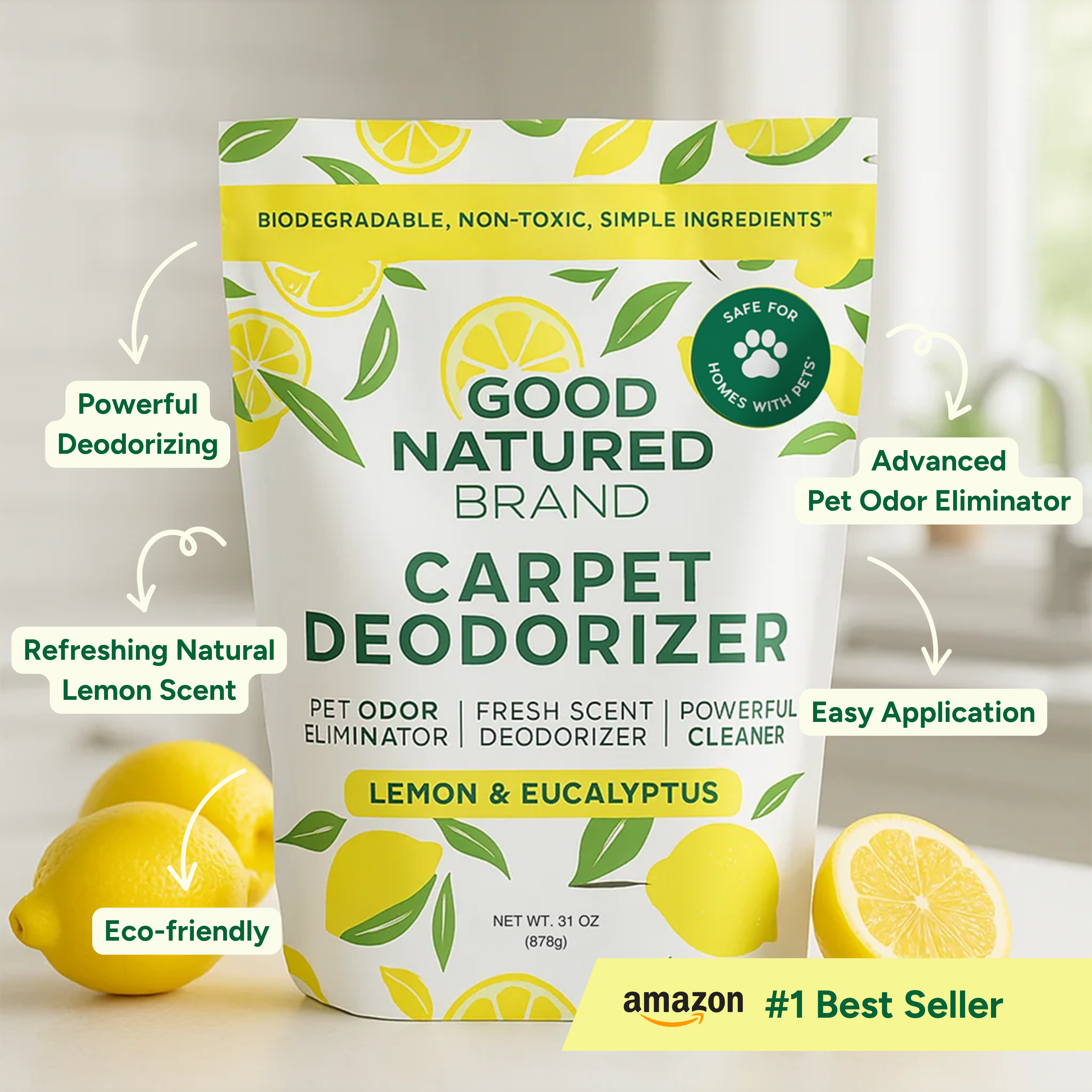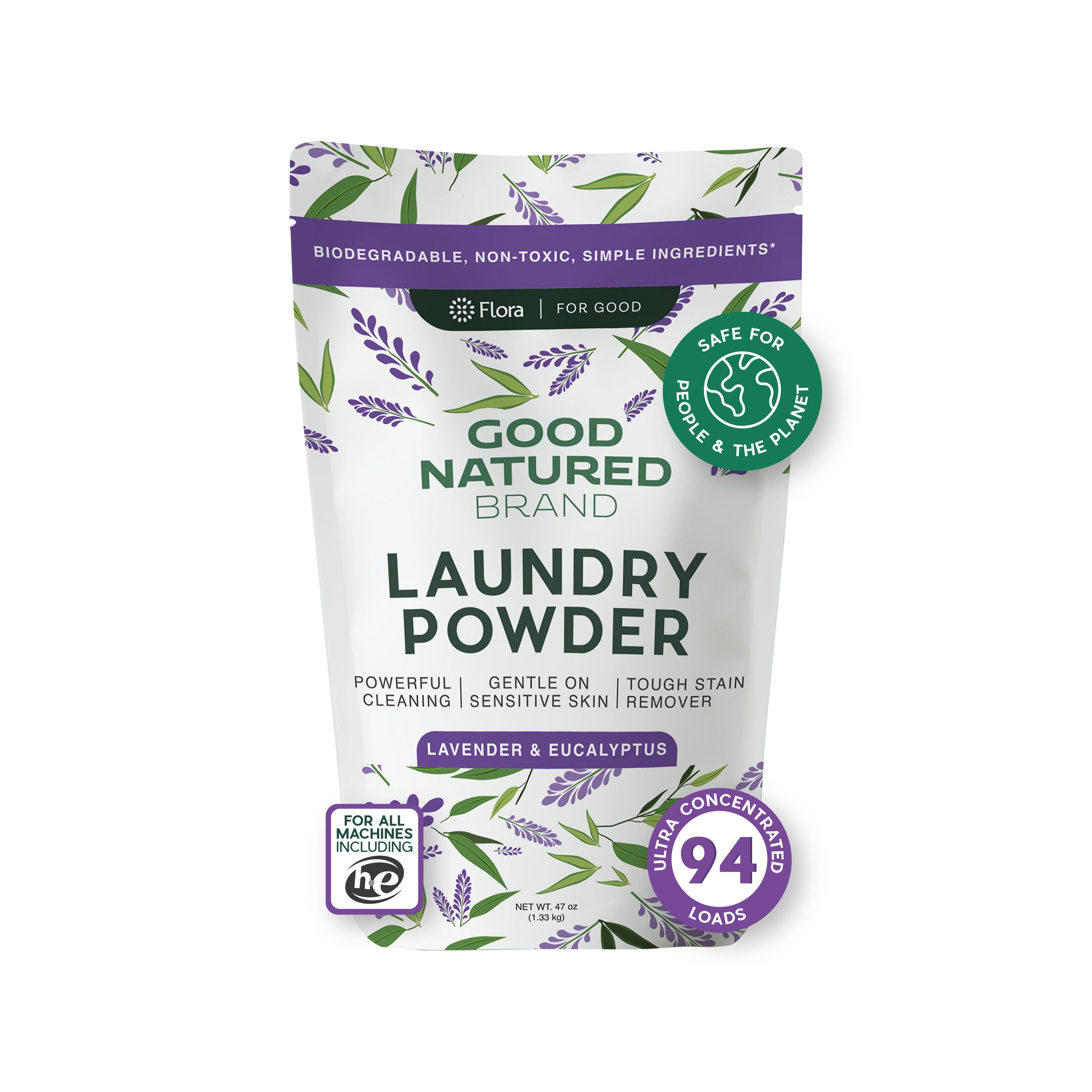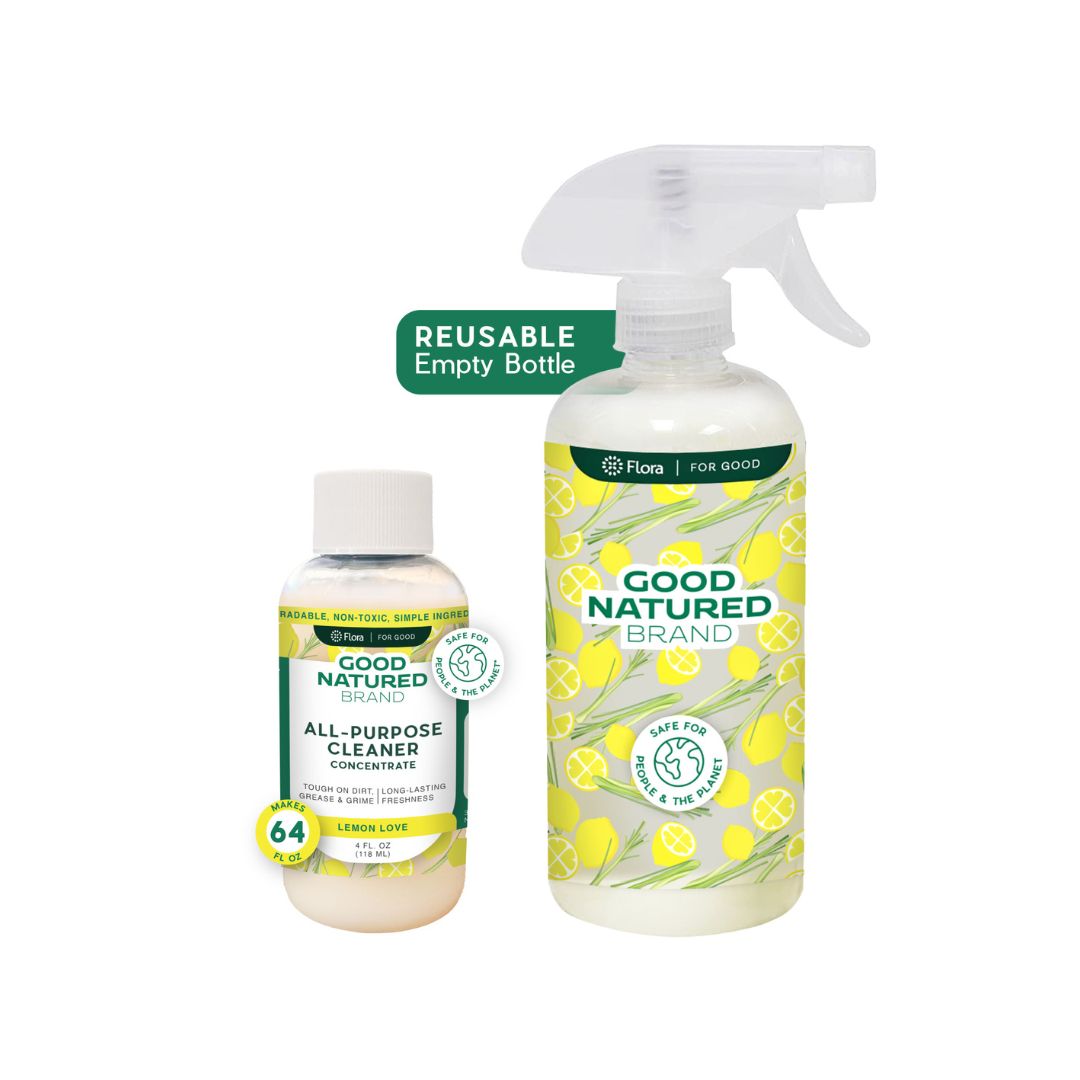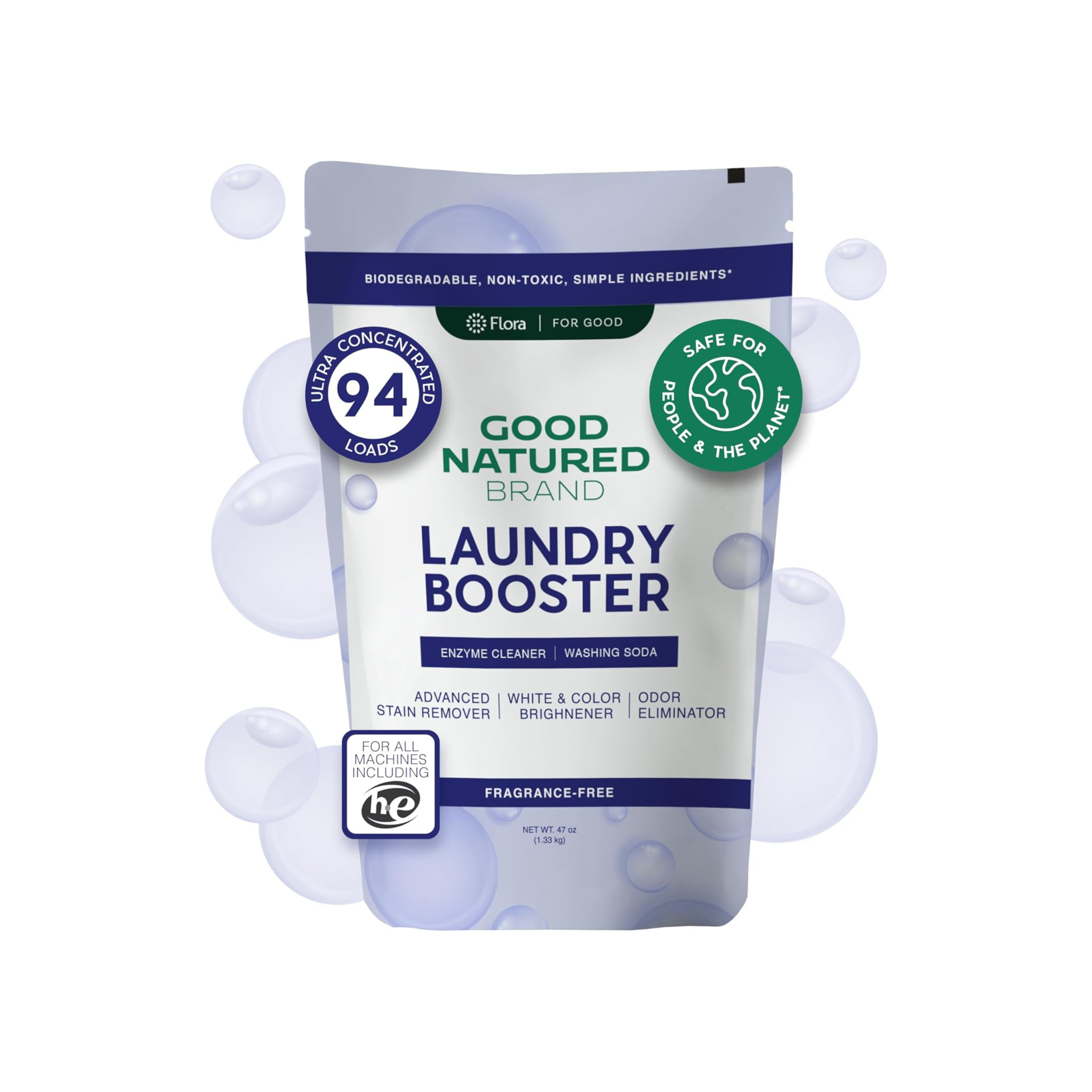As the winter months roll in, pet owners must be vigilant about the unique challenges that cold weather presents to their furry friends. Dogs, while resilient, can face a variety of issues related to cold temperatures, snow, ice, and the harsh elements typically found during this season. Just like we protect our skin and feet from the cold, our dogs require special attention to their paws during winter. This blog will explore the comprehensive care needed to keep your dog's paws healthy and comfortable throughout the winter months.
Understanding the Risks of Winter for Dogs
Winter brings about a host of natural hazards that can affect your dog’s health. It’s essential to be aware of these risks so you can take proactive measures to protect your pet.
Cold Weather Effects
Cold temperatures can lead to serious health issues for dogs, including hypothermia and frostbite. While some breeds are better equipped to handle the cold, all dogs can suffer from its effects. Signs that your dog may be too cold include shivering, reluctance to walk, and whining. Always monitor your dog for these symptoms during winter walks and limit their time outdoors when the temperatures drop significantly.
Salt and Chemicals
During winter, many municipalities use salt and other chemicals to melt ice on sidewalks and roads. These substances can be harmful to your dog’s paws, causing irritation and soreness. Additionally, if ingested, they can lead to more severe health issues. To avoid this, consider using protective gear, such as booties, and regularly check your dog's paws after walks to remove any salt or chemicals.
Snow and Ice
Snow and ice can pose a physical danger as well. Dogs can slip and fall, leading to injuries. In addition, snow can accumulate between their paw pads, causing discomfort and even pain. Regular checks of your dog's paws after outdoor activities will help you catch any issues early.
Natural Solutions for Winter Paw Care
As a responsible pet owner, you can take several natural approaches to ensure your dog's paws remain healthy and protected throughout the winter months.
Regular Paw Checks
One of the simplest yet most effective ways to care for your dog’s paws is through regular checks. After every walk, inspect your dog’s paws for any signs of injury or irritation. Look for cracks, redness, or any foreign objects like ice balls or sharp debris that may have lodged between their toes. This practice will help you catch problems early before they develop into more severe issues.
Natural Paw Balms and Treatments
To provide extra protection against the harsh winter elements, consider using natural paw balms. These products can create a barrier against cold weather and help heal any cracks or dryness. Look for balms made from natural ingredients that are safe for pets. You can also create a DIY paw balm using ingredients like coconut oil and beeswax, which are known for their moisturizing and protective properties.
Keeping Your Dog Comfortable Indoors
When the weather outside is frightful, making sure your dog is comfortable indoors is essential. Here are some tips for creating a cozy environment:
Create a Cozy Space
Ensure your dog has a warm, comfortable place to rest. Providing a soft bed in a draft-free area will help keep them warm. Consider using blankets or pet-safe heating pads to keep your dog cozy during the cold nights.
Indoor Activities
Winter can limit outdoor activities, but it’s crucial to keep your dog active. Engage your dog with indoor games and toys that challenge their mind and body. Activities like hide-and-seek, puzzle toys, and even basic obedience training can help keep your dog stimulated and happy.
Grooming for Winter Paw Care
Maintaining your dog’s grooming routine during winter is vital for their overall health and comfort. Regular grooming not only keeps your dog looking great, but it also helps prevent winter-related issues.
Regular Grooming Practices
Keep your dog’s coat well-groomed to help insulate them from cold weather. Regular brushing removes loose fur and helps prevent matting, which can trap moisture and cold against their skin. Pay special attention to areas where snow can accumulate, such as between the paw pads and underbelly.
Bathing Your Dog in Winter
Bathing your dog during the winter months is essential to remove any salt, dirt, or chemicals that may have accumulated on their coat. Use a mild, hypoallergenic shampoo to prevent skin irritation. After bathing, ensure your dog is completely dry before letting them go outside to prevent them from getting cold.
Proactive Winter Paw Care Strategies
In the first part of this blog, we discussed the various winter hazards dogs face and the importance of natural paw care. Now, we will explore proactive strategies you can implement to ensure your dog’s paws remain healthy and protected throughout the winter months. These strategies encompass protective gear, first aid tips for winter injuries, and essential products to maintain your dog's comfort.
Protective Gear for Dogs
When it comes to winter paw care, protective gear plays a crucial role in safeguarding your dog's paws from the cold, snow, and harmful chemicals.
Dog Boots and Paw Protectors
One of the best ways to protect your dog’s paws from the harsh winter elements is by investing in a good pair of dog boots. These boots are designed to shield your dog’s paws from ice, snow, and salt, preventing injuries such as cuts and abrasions.
When selecting boots for your dog, ensure they fit well. A proper fit is essential to keep the boots on and to prevent chafing. Look for materials that are durable, water-resistant, and have good traction to prevent slipping on icy surfaces.
Dog Coats and Sweaters
In addition to protecting your dog’s paws, keeping their body warm is equally important. For smaller breeds or those with short coats, a well-fitted dog coat or sweater can provide essential insulation against the cold. Opt for coats made from warm, waterproof materials to keep your dog dry and cozy during winter walks.
First Aid for Winter Paw Injuries
Despite your best efforts, accidents can happen, and it’s essential to be prepared for any winter-related injuries your dog may sustain.
Immediate Care for Paw Injuries
If you notice your dog limping or showing signs of pain after a walk, it's crucial to inspect their paws immediately. Look for signs of cuts, cracks, or any foreign objects lodged in the paw pads.
For minor cuts or abrasions, clean the area with warm water and mild soap. Apply a pet-safe antiseptic and consider using a protective bandage to keep the area clean. If the injury appears severe or does not improve, consult your veterinarian for further treatment.
Keeping a First Aid Kit Handy
Having a well-stocked first aid kit specifically for your dog is a smart precaution during the winter months. Ensure your kit includes:
-
Antiseptic wipes or solution
-
Non-stick bandages and gauze
-
Adhesive tape
-
Tweezers for removal of splinters or ice
-
A digital thermometer to monitor your dog’s temperature
By being prepared, you can quickly address any winter-related paw injuries your dog may encounter.
Seasonal Products for Paw Care
To further enhance your dog’s winter paw care routine, consider incorporating specific products designed to support their health and comfort throughout the season.
Recommended Good Natured Brand Products
-
Carpet Deodorizers: After winter walks, your dog may track in snow, dirt, and road salt. Using our Carpet Deodorizers can help eliminate odors and absorb any lingering moisture, keeping your home fresh and clean.
-
Laundry Powders: Keeping your dog’s bedding and toys clean is crucial. Our Laundry Powders are biodegradable and free from harsh chemicals, making them perfect for washing your dog’s items without compromising their health.
-
All-Purpose Cleaners: Maintaining a clean living environment is essential during winter. Our All-Purpose Cleaners are effective in removing dirt and stains while being safe for pets.
-
Room and Linen Sprays: To keep your home smelling fresh after your dog comes in from the cold, consider using our Room and Linen Sprays. These sprays help eliminate odors without harmful chemicals, ensuring a safe environment for both you and your dog.
Conclusion
Taking proactive steps to care for your dog's paws during winter is essential for their health and comfort. By investing in protective gear, being prepared for injuries, and utilizing the right products, you can help your furry friend enjoy the winter season without discomfort or pain.
As we wrap up this two-part series on winter paw care, remember that your dog relies on you for their well-being. By implementing these strategies, you can ensure they are safe, comfortable, and happy throughout the colder months. For more tips and insights on caring for your pets, feel free to explore our blog and discover the range of eco-friendly products available at Good Natured Brand.
Together, let’s make this winter a joyful experience for both you and your furry companion!


















